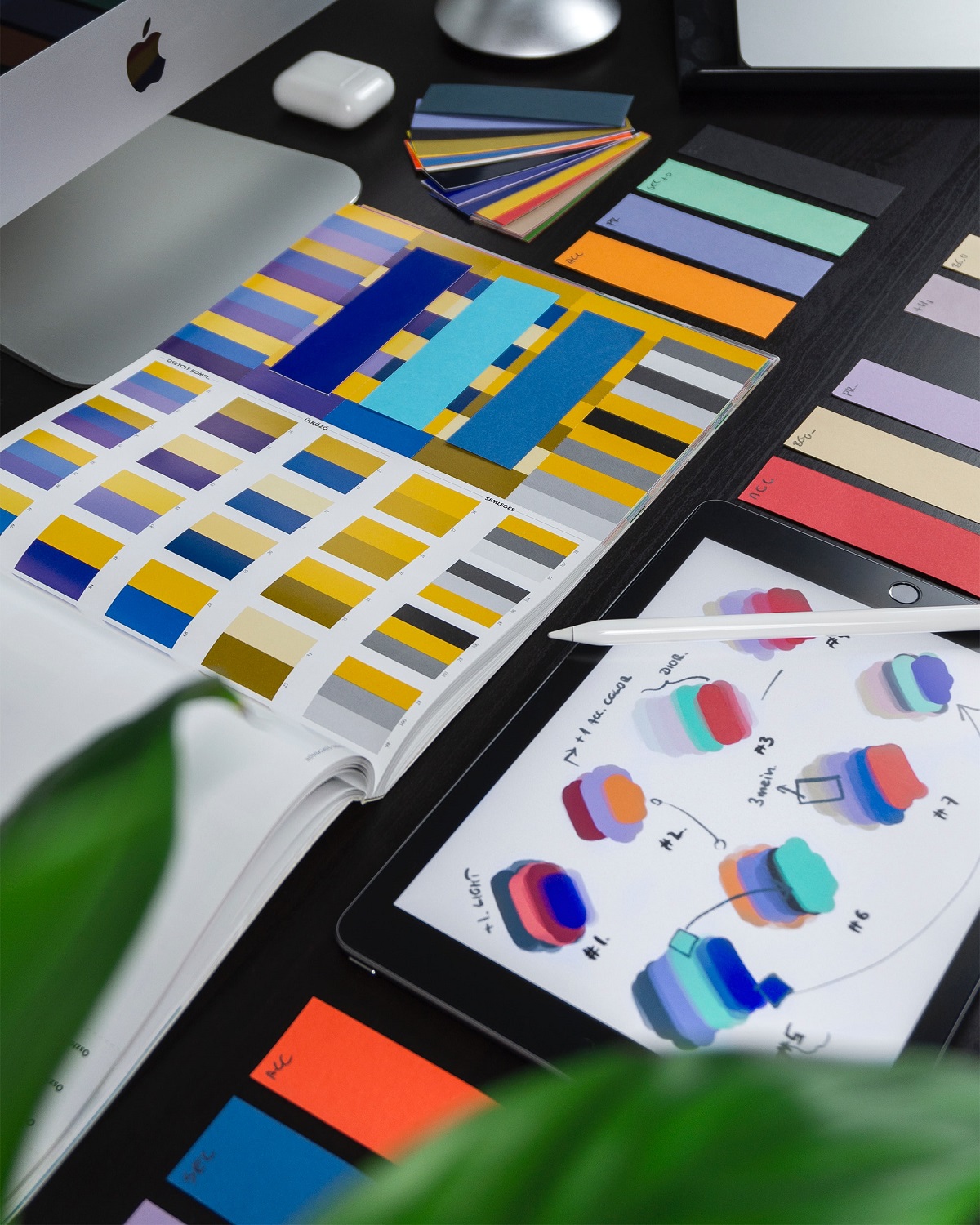
Print’s Transformation in the Digital Age
February 16, 2021
Is print dead? That’s been the question consistently posed as we continue to watch the media industry transform in the digital age. And whilst print as mass media is certainly dead (in part thanks to the internet), magazines, direct mail and content print publishing all continue to prove their worth. Over the last decade, in particular, businesses have steadily learned to adapt to this change. So, if you’re a company looking to create promotional merchandise for your brand, you’ll probably be wondering if utilising print materials is still a good way to go? The good news is that it is, and there are important lessons that can be learned concerning print’s transformation in a multi-channel world.
Although we are living in a hyper-connected world that relies heavily on digital resources for communication, you’ll be pleased to hear that print media is still alive and well. It is continuing to prove its relevance through its gradual transformation. Many people see print as being separate from digital, when in fact print can and should be complementary to any digital efforts for a business to make sure your branding and message reaches the right audience.
When it comes to producing content, we’re now more than ever having to think about our audience. This is not just about who they are and what they do, but also how they are consuming content and engaging with businesses. Are they solely mobile/digital or do they also like to experience physical copies and engage with the printed written word? These are important questions to be asking. Publishers and manufacturers of print are just one of the groups taking note, recognising the need to provide both a digital and physical version of a magazine, for example, to allow people to consume content in a way that is most suited to their lifestyle and preferences.
Tablets and smartphones are about ‘filling time’, whereas print means that you have to ‘make time’, with many individuals reporting that they find it easier to read more and for longer when they are reading print. This indicates that people might be more receptive to your advertising or marketing efforts if you target them via print or in addition to digital modes of communication.
It’s undeniable that digital technologies give businesses the ability to personalise and tailor their content and marketing. Technology provides brands with the opportunity to add more personal touchpoints to engage with their audience to build relationships. Highly targeted content is harder to do with print, but that’s why fusing the two modes can give businesses even more scope and tools with which to work.
However, utilising personalised print for a marketing campaign is doable, even on a larger scale. A great example of this is Coca-Cola’s ‘Share a Coke’ branded bottle campaign from 2014, where they personalised individual bottles with 250 popular American names distributed worldwide. This campaign was hugely successful, with Coke reporting a 7% increase in consumption and a 2.1% increase in sales. Coke’s main marketing goal was to connect and engage with a younger demographic. They were able to achieve this by making their campaign highly personal and appealing to consumers’ individuality, as the physical printing of names on the bottles encouraged engagement and differentiation.
The above example highlights how important and meaningful print can be, where brands can tap into and appeal to consumers’ emotions and connect with them on a different level to digital methods on their own.


